 Issue 96 of Zone 5300, the ‘magazine for comics, culture and curiosa’, starts with a rather disappointing retelling of Roald Dahl’s Skin* by experienced cartoonists Pieter van Oudheusden en Erik Wielaert. If you are studying a master, you should perhaps pay attention to how he does things. Where Dahl creates tension by leaving the ending up to the reader’s imagination, Van Oudheusden and Wielaert barge into the story and fill in all the blanks by tacking on Oscar Wilde’s The Picture of Dorian Gray.
Issue 96 of Zone 5300, the ‘magazine for comics, culture and curiosa’, starts with a rather disappointing retelling of Roald Dahl’s Skin* by experienced cartoonists Pieter van Oudheusden en Erik Wielaert. If you are studying a master, you should perhaps pay attention to how he does things. Where Dahl creates tension by leaving the ending up to the reader’s imagination, Van Oudheusden and Wielaert barge into the story and fill in all the blanks by tacking on Oscar Wilde’s The Picture of Dorian Gray.
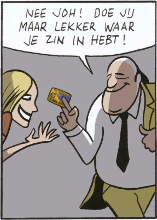 In a way I feel sorry for the authors because using Dahl’s ending would have been difficult to translate into comic form, so they had to come up with something. And their choice of using an attractive young woman instead of an old hobo as the living artwork may seem obvious considering the medium, but is inspired in my opinion. The layer of eroticism that is automatically added by the introduction of the protagonist is left entirely undealt with, and just sits there as a month-old scab on a healthy skin.
In a way I feel sorry for the authors because using Dahl’s ending would have been difficult to translate into comic form, so they had to come up with something. And their choice of using an attractive young woman instead of an old hobo as the living artwork may seem obvious considering the medium, but is inspired in my opinion. The layer of eroticism that is automatically added by the introduction of the protagonist is left entirely undealt with, and just sits there as a month-old scab on a healthy skin.
If the old guard disappoints, this issue also introduces up-and-coming artists that I would like to see more from in the future. Although Wouter Eizenga and André Bols have been around for a while, their Bliksembezoek (Flash Visit) is their first published comic. (Illustration middle)
The panel below is from a comic Belgian Maarten de Saeger wrote and drew for his girlfriend called Everything You Should Know About Me. “I hide my dirty dishes when I have visitors over. One day later… why am I so terribly lazy?” I like his apartment!
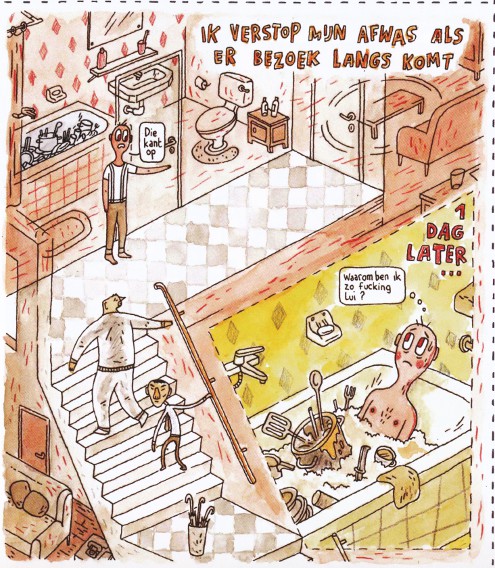
*) In both stories an art collector buys a tattooed painting with the owner of the skin still attached to it. Roald Dahl tells the story from the creation of the tattoo up to its sale, whereas Wielaert and Van Oudheusden take the sale as a starting point.

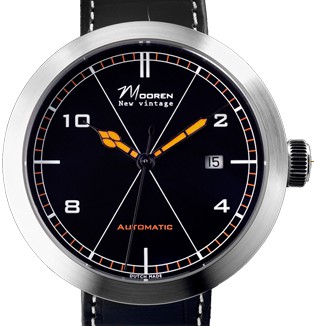 In a way Mick Mooren is a typical teenager. He has a got a typical teenager’s room at his parents’ house with the highsleeper bed and the posters adorning the wall.
In a way Mick Mooren is a typical teenager. He has a got a typical teenager’s room at his parents’ house with the highsleeper bed and the posters adorning the wall.  Football player Ruud van Nistelrooy was recently declared the most efficient striker in the world for the first decade of this century by the International Federation of Football History & Statistics (IFFHS).
Football player Ruud van Nistelrooy was recently declared the most efficient striker in the world for the first decade of this century by the International Federation of Football History & Statistics (IFFHS).  Members of dating website Parship have voted the Brabant accent the sexiest,
Members of dating website Parship have voted the Brabant accent the sexiest, 
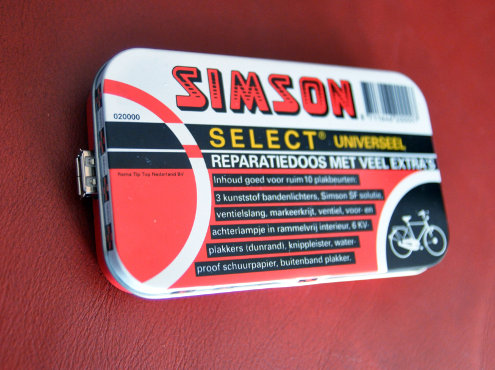
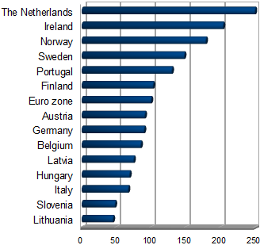
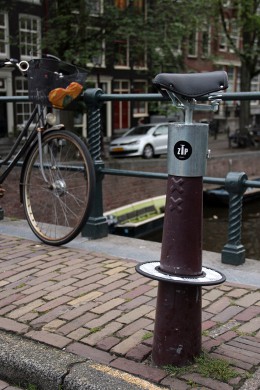 The streets of Amsterdam are lined with steel bollards called Amsterdammertjes, Little Amsterdammers. They are there to deter people from parking on the sidewalk, and the city is thinking of taking them out. We have got other ways to deter people from parking, they say, and they mean they have ways of ticketing people using electronics so that parking becomes something the affluent can use to force the less well-off from the pavement.
The streets of Amsterdam are lined with steel bollards called Amsterdammertjes, Little Amsterdammers. They are there to deter people from parking on the sidewalk, and the city is thinking of taking them out. We have got other ways to deter people from parking, they say, and they mean they have ways of ticketing people using electronics so that parking becomes something the affluent can use to force the less well-off from the pavement. Researchers have added another painting to Rembrandt van Rijn’s portfolio. Ernst van de Wetering, head of the Rembrandt Research Group, said so yesterday at the Rembrandt House in Amsterdam where the painting is on loan.
Researchers have added another painting to Rembrandt van Rijn’s portfolio. Ernst van de Wetering, head of the Rembrandt Research Group, said so yesterday at the Rembrandt House in Amsterdam where the painting is on loan. The first dip of the current economic crisis was barely felt in the Netherlands. Predictions by the Bureau for Economic Policy Analysis (CPB) on how bad it was going to be have proved to be way off base. Instead of the predicted unemployment rate of 9%, unemployment stayed at 4%. Purchasing power even rose 1.8% in 2009.
The first dip of the current economic crisis was barely felt in the Netherlands. Predictions by the Bureau for Economic Policy Analysis (CPB) on how bad it was going to be have proved to be way off base. Instead of the predicted unemployment rate of 9%, unemployment stayed at 4%. Purchasing power even rose 1.8% in 2009.